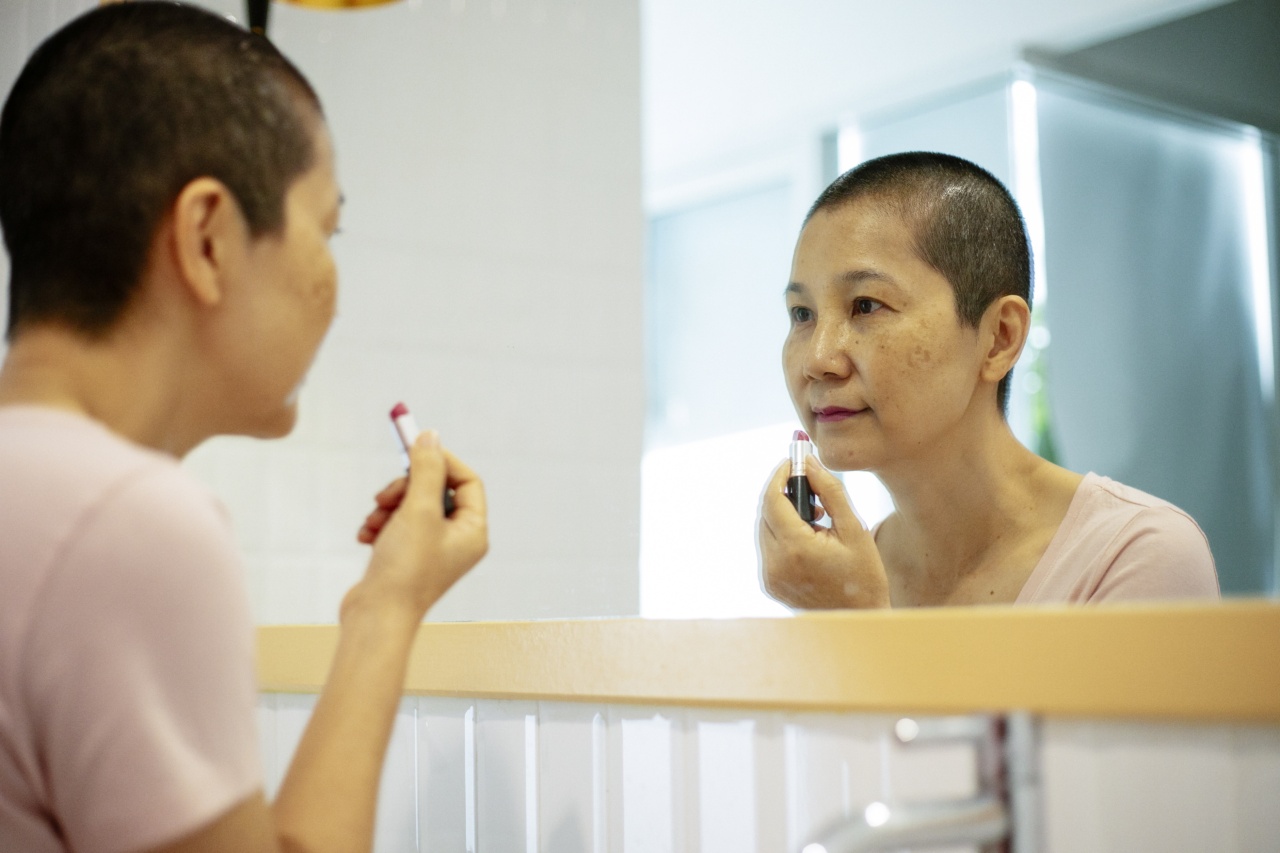Uterine cancer, also known as endometrial cancer, is a type of cancer that starts in the lining of the uterus. It primarily affects women, with the average age of diagnosis being 60 years old.
As with any type of cancer, there are numerous factors that can increase a woman’s risk of developing uterine cancer, including genetics, obesity, hormone imbalances, and exposure to certain chemicals or substances.
Hair Straightening Products and Their Chemicals
Hair straightening products have gained popularity in recent years, with many women using them to achieve sleek and straight hair. These products often contain various chemicals, such as formaldehyde, that help in the straightening process.
Formaldehyde is a known carcinogen, meaning it has the potential to cause cancer.
Studies have shown that hair straightening products can release formaldehyde gas when heated, leading to inhalation exposure. This raises concerns about the potential link between the use of these products and the development of uterine cancer.
The Research on Uterine Cancer and Hair Straightening Products
Researchers have conducted several studies to investigate the potential link between uterine cancer and hair straightening products.
In a study published in the International Journal of Cancer, researchers found that women who used hair straightening products had an increased risk of developing uterine cancer compared to those who did not use these products.
The study analyzed data from over 46,000 women who participated in the Sister Study, a large cohort study that aims to investigate environmental and genetic risk factors for breast cancer and other health conditions.
The researchers found that women who reported using hair straightening products every five to eight weeks or more had a 30% higher risk of uterine cancer compared to those who did not use these products.
Another study published in the journal Environmental Research also found a positive association between the use of hair straightening products and uterine cancer.
The researchers analyzed data from the Women’s Health Initiative Observational Study, which included over 4,200 postmenopausal women. They found that women who used hair straightening products had a 14% higher risk of developing uterine cancer compared to those who did not use these products.
Possible Mechanisms
While the exact mechanisms through which hair straightening products may increase the risk of uterine cancer are not fully understood, there are several hypotheses.
One theory is that formaldehyde, a common ingredient in these products, may enter the bloodstream through inhalation or absorption through the scalp, and then reach the uterus, potentially causing DNA damage and cellular changes that can lead to cancer.
Additionally, hair straightening products often contain other chemicals and additives that may also have harmful effects on the reproductive system.
Some of these chemicals have been identified as endocrine disruptors, meaning they can interfere with the body’s hormonal balance and potentially increase the risk of hormonally-driven cancers, such as uterine cancer.
Precautions and Recommendations
Given the potential link between hair straightening products and uterine cancer, it is important for women to be aware of the potential risks and take necessary precautions. Here are some recommendations:.
1. Limit the use of hair straightening products: If possible, reduce the frequency of using these products or consider alternative hairstyling methods that do not involve the use of chemicals.
2. Choose safer alternatives: Look for hair straightening products that are labeled as formaldehyde-free or contain lower levels of formaldehyde.
It is essential to read the ingredient list carefully and opt for products with fewer potentially harmful chemicals.
3. Maintain good ventilation: When using hair straightening products that contain formaldehyde, make sure to use them in well-ventilated areas to minimize inhalation exposure. Opening windows or using fans can help dissipate any fumes.
4. Follow safety guidelines: Always follow the instructions provided with the hair straightening products. This includes using them in a well-ventilated area, wearing protective gloves, and avoiding contact with the eyes or mucous membranes.
5.
Stay informed and consult a healthcare professional: Keep up-to-date with the latest research on the topic and consult with a healthcare professional if you have concerns about your potential risk for uterine cancer or experience any unusual symptoms.
Conclusion
While further research is needed to establish a definitive link between hair straightening products and uterine cancer, the existing studies highlight a potential association that warrants attention.
It is crucial for women to be aware of the potential risks and make informed choices regarding the use of these products. Maintaining overall reproductive health, leading a healthy lifestyle, and minimizing exposure to potentially harmful chemicals can help in reducing the risk of uterine cancer and other related health conditions.






























